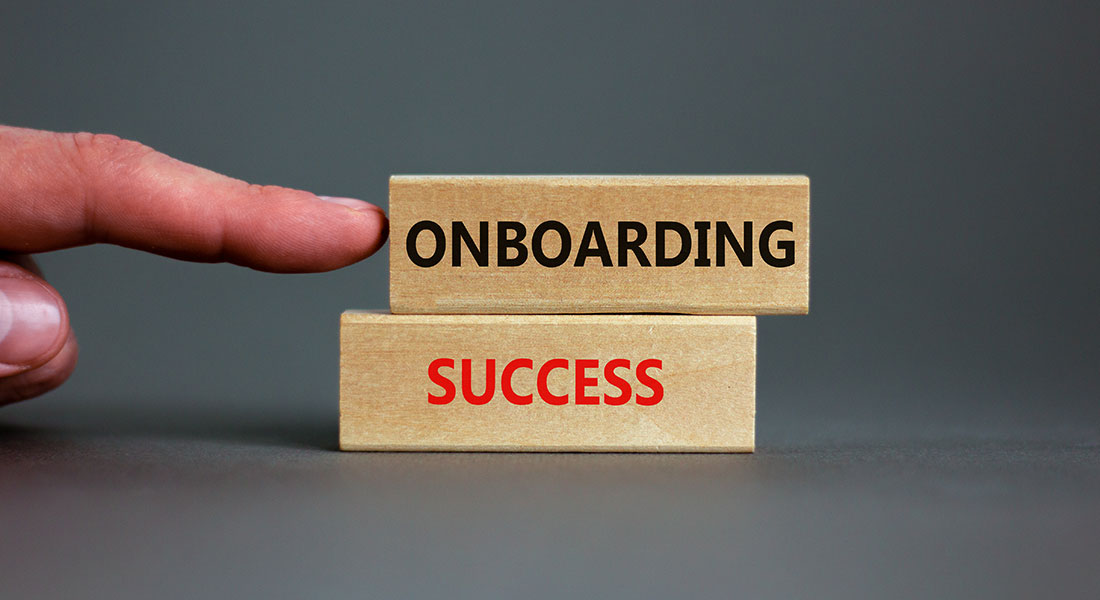Mastering Onboarding Training – A Guide for Instructional Designers [Video]
Organizations invest a lot for successful onboarding. Here are a few strategies for instructional designers for designing effective onboarding training.

Effective onboarding training is the cornerstone of a successful organization. It's the process by which new employees are introduced to their roles, colleagues, and the company culture. A well-executed onboarding program can significantly impact employee retention, productivity, and job satisfaction. In this blog, we'll delve into the essential elements of successful onboarding training and a few key strategies for instructional designers to keep in mind while designing onboarding training.
Essential Elements of Successful Onboarding Training
Clear Objectives
The first step in creating a successful onboarding program is to establish clear objectives. What do you want new hires to learn, achieve, and experience during their initial days, weeks, and months? These objectives should align with both the company's goals and the employee's role.
Personalization
One size doesn't fit all in onboarding. Tailor the training to each employee's role, experience, and needs. This personalized learning can include customizing training materials, assigning mentors, and offering additional support when necessary.
Structured Onboarding Plan
Create a structured onboarding plan that outlines what should happen at various stages of the employee's journey. This plan can include orientation, job-specific training, and ongoing development opportunities.
Engaging Content
Boring training materials won't inspire or engage new hires effectively. Use a variety of formats, including videos, interactive modules, and real-life scenarios, to keep the training engaging and informative.
Company Culture Integration
Successful onboarding isn't just about teaching job-related skills. It's also about immersing new employees in your company's culture and values. This can be achieved through culture workshops, team-building activities, and exposure to company traditions.
→ Download Now: Instructional Design Strategies
Continuous Feedback
Feedback is crucial for improvement. Encourage open communication between new hires and their mentors or supervisors. Regular feedback sessions can help identify challenges and provide growth opportunities.
Technology Integration
Leverage technology to streamline onboarding. Online platforms, eLearning modules, and digital resources can make the process more efficient and accessible.
On-the-Job Training
Hands-on experience is invaluable. Provide opportunities for new hires to apply what they've learned in a real work setting, under the guidance of experienced colleagues.
Evaluation and Improvement
Continuously assess the effectiveness of your onboarding program. Gather feedback from new employees and adjust as needed. The onboarding process should evolve to meet changing organizational needs.
Wrapping It Up!
Successful onboarding training is an investment that pays dividends in employee retention, engagement, and performance. By focusing on clear objectives, personalization, engaging content, and ongoing improvement, you can create an onboarding program that sets your new hires up for success and contributes to your company's overall growth. Remember, onboarding is not a one-time event but a crucial part of the employee journey that should be nurtured and refined over time. With onboarding, here are more instructional design strategies to design engaging eLearning courses. Grab our eBook now!





